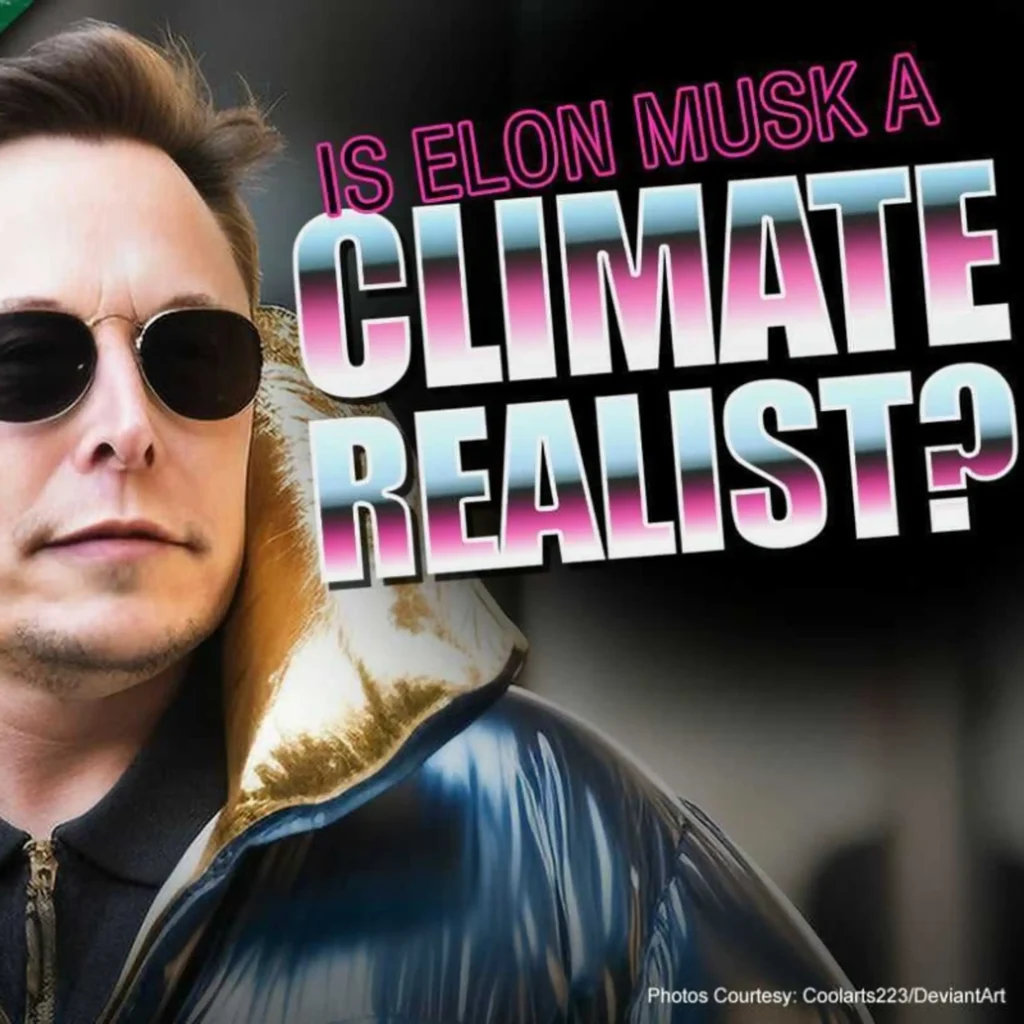(June 22, 2007 Chicago, IL) On June 21, the Environmental Protection Agency (EPA) is expected to release a proposed rule recommending the eight-hour ozone standard be lowered from its current 85 parts-per-billion (ppb) to a range of 70-75 ppb nationwide. Many states and localities that have reached attainment will fall out of attainment under the new proposed rule.
“Yet again, the EPA is moving the goal post in ozone regulation without considering the cost to the states and local communities. Air quality has improved significantly over the past 20 years due to innovative technology developed in the marketplace, not by the stroke of a pen in the federal bureaucracy,” said Utah Senate Majority Leader Curtis Bramble (R-Provo).
Joel Schwartz, visiting fellow at the American Enterprise Institute and a contributing editor to The Heartland Institute said, “EPA’s new ozone standard will turn most of the nation into Clean Air Act ‘non-attainment’ areas. While 19 percent of the nation’s metropolitan areas exceed the current standard, 66 percent would exceed a standard of 75 ppb, and 87 percent would exceed 70 ppb. Even many rural areas and small cities and towns will go into non-attainment. Only 4 percent of non-metropolitan counties violate the current standard.
“Attaining the standard will require virtually a complete elimination of all human-caused ozone-forming emissions. Even attaining the current standard will cost the average American household about $1,000 per year. The new standard will be a few times more expensive than that.
“In fact, many areas, such as Los Angeles and probably several areas in the Midwest, south, and northeast, will not be able to attain the standard even with a complete elimination of all human emissions. Seventy ppb is likely below the peak background ozone level in many places. (In addition to ozone caused by human emissions within the U.S., a significant portion of ozone is caused by natural emissions of nitrogen oxides (NOx) and volatile organic compounds (VOC), and by transport of ozone, NOx, and VOC from other countries.)
“Even a complete elimination of human emissions is a practical impossibility. It would mean eliminating all emissions not only from cars, trucks, and industry, but also all emissions from household stoves and water heaters (NOx) and cleaning solvents (VOC). Human beings themselves emit small amounts of VOC and NOx. Because EPA’s standard is near or even below background in many areas, even these and dozens of other small emissions sources will figure in whether these areas can attain the standard.”
Click here to view a summary of current 8-hour ozone non-attainment areas and additional areas that exceed possible 0.060 and 0.070 ppm 4th highest standard for 2003-2005.
You may contact Schwartz at [email protected] and for more information about The Heartland Institute, please contact Harriette Johnson, mainstream media specialist, at 312/377-4000, email [email protected].



